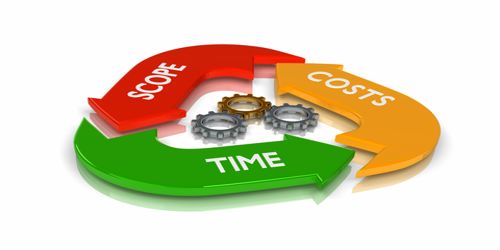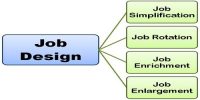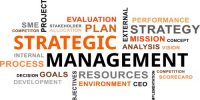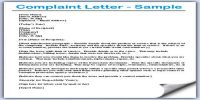A project is temporary in that it has a defined beginning and end in time, and therefore defined scope and resources. Project management is the application of knowledge, skill, and techniques to execute projects effectively and efficiently. Project Control is a process for controlling the investment of resources in an asset. It is a subset of Project Management with the primary focus of managing the project’s cost and schedule.
Characters of a good control system: Effective control systems have certain characteristics. For a control system to be effective, it must be:
(i) Accuracy: Effective controls generate accurate data and information. Accurate information is essential for effective managerial decisions. An inaccurate commie would divert management efforts and energies on problems that do not exist or have a low priority and would fail to alert managers to serious problems that do rewire attention.
(2) Timeliness: There are many problems that require immediate attention. Its information about such problems does not reach management in a timely manner then such information may become useless and damage may occur. Accordingly, controls must ensure that information reaches the decision makers when they need it so that a meaningful response can follow.
(3) Flexibility: The business and economic environment are highly dynamic in nature. Technological changes occur very fast. A rigid control system would not be suitable for a changing environment. These changes highlight the need for flexibility in planning as well as in control.
Strategic planning must allow for adjustments for unanticipated threats and opportunities. Similarly, managers must make modifications to its controlling methods, techniques, and systems as they become necessary. An effective control system is one that can be updated quickly as the need arises.
(4) Acceptability: Controls should be such that all people who are affected by it re able to understand them fully and accept them. A control system that is difficult understands can cause unnecessary mistakes and frustration and may be resented by workers. Accordingly, employees must agree that such controls are necessary and appropriate and will not have any negative effects on their efforts to achieve their personal as wed as organizational goals.
(5) Integration: When the controls are consistent with corporate values and culture.’ they work in harmony with organizational policies and hence are easier to enforce. These controls become an integrated part of the organizational environment and thus become effective.
(6) Economic feasibility: The cost of a control system must be balanced against its benefits. The system must be economically feasible and reasonable to operate. For example, a high-security system to safeguard nuclear secrets may be justified but the same system to safeguard office supplies in a store would not be economically justified. Accordingly, the benefits received must outweigh the cost of implementing a control system.
(7) Strategic placement: Effective controls should be placed and emphasized at such critical and strategic control points where failures cannot be tolerated and where time and money costs of failures are greatest.
The objective is to apply controls to the essential aspect of a business where a deviation from the expected standards will do the greatest harm. These control areas include production, sales, finance and customer service.
















